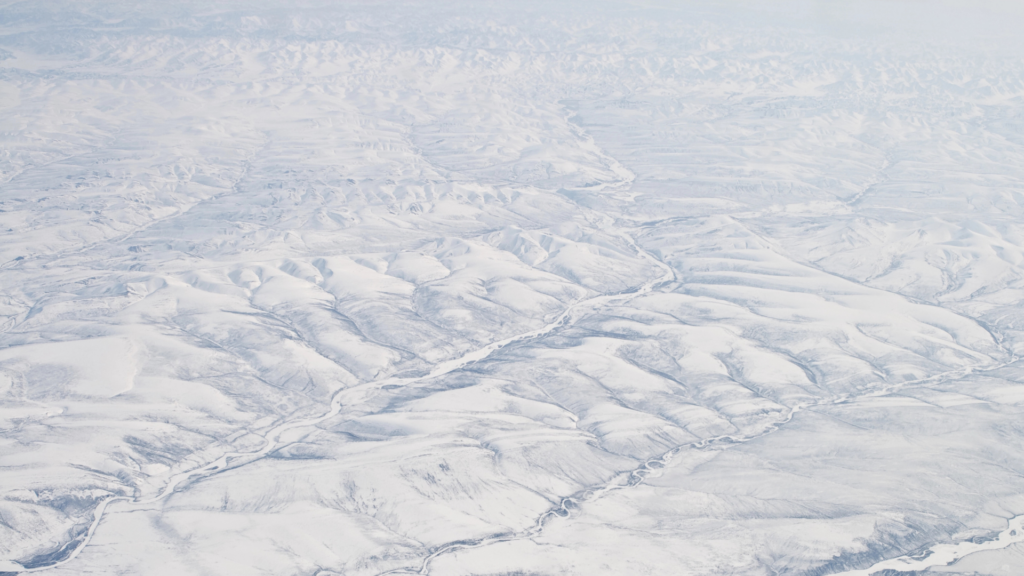Revealing Earth’s Ancient Giants: 13 of the Oldest Mountain Ranges

Mountain ranges have been the earth’s majestic landmarks for millions of years, each telling a unique story of our planet’s geological history. These ancient giants hold secrets of the earth’s past climates, ecosystems, and even the movement of continents. From the towering peaks of the Himalayas to the rugged landscapes of the Appalachians, let’s traverse through time to uncover the 15 oldest mountain ranges on Earth.
1. Barberton Greenstone Belt (Earth’s ancient cradle of life)

Located in South Africa, the Barberton Greenstone Belt is not just ancient; it’s primordial, dating back to 3.6 billion years ago. This mountain range is like opening a book to the early chapters of Earth’s history, offering geologists a glimpse into the conditions that may have led to life’s origin. The rocks here are some of the oldest geological materials on Earth, making it a fascinating area for scientific research. The range is not only a haven for geologists but also for hikers who are literally walking on ancient Earth’s crust. The Barberton Makhonjwa Mountains within the belt have been declared a UNESCO World Heritage site, underscoring their global significance.
2. Pilbara Craton (A window to Earth’s early atmosphere)

In the northwest of Australia lies the Pilbara Craton, one of the Earth’s oldest continental fragments, dating back over 3.5 billion years. This area provides critical evidence of the Earth’s early atmosphere and the rise of life. Its ancient landscapes are home to some of the oldest rock formations and microfossils, revealing how the early biosphere evolved. Hikers and adventurers might find it hard to grasp that they’re exploring terrain as old as life itself. The Pilbara Craton is a testament to the planet’s ancient past, offering invaluable insights into Earth’s geological evolution.
3. Singhbhum Craton (Witness to Earth’s earliest life forms)

The Singhbhum Craton in India is a geological marvel that dates back to over 3 billion years ago. It’s a treasure trove for scientists, providing evidence of some of Earth’s earliest life forms. This region is distinguished by its rich mineral deposits, including iron ore, which has played a pivotal role in India’s industrial growth. For those fascinated by the early chapters of our planet’s history, the Singhbhum Craton offers a direct connection to Earth’s formative years. The ancient rocks and minerals found here are not just resources but are pages from Earth’s early biography, telling stories of its nascent biosphere.
4. Canadian Shield (A guardian of Earth’s early history)

The Canadian Shield is a vast geological shield that covers half of Canada, parts of Greenland, and extends into the United States. Dating back to between 2.5 and 4 billion years ago, it stands as a testament to the planet’s ancient past. This massive area contains some of the Earth’s oldest rock formations, offering a unique window into the early stages of continental evolution. The Canadian Shield isn’t just a geological wonder; it’s also a natural playground for outdoor enthusiasts, boasting lakes, forests, and rugged terrain. The sheer expanse and ancient origins of the Canadian Shield make it a cornerstone in understanding Earth’s geological history.
5. Fennoscandian Shield (Europe’s primeval bedrock)

The Fennoscandian Shield, stretching across Norway, Sweden, Finland, and parts of Russia, is Europe’s answer to the Canadian Shield. With origins dating back over 2.5 billion years, this shield is the bedrock of northern Europe. It’s a region where ancient rock formations rise from the Earth, telling tales of a time when the continents as we know them were still forming. The shield’s rugged landscapes are a paradise for hikers, geologists, and anyone intrigued by the deep past. The Fennoscandian Shield is a testament to the enduring nature of our planet’s crust, shaping the landscapes of northern Europe for eons.
6. Wyoming Craton (A cornerstone of North America’s geology)

The Wyoming Craton, hidden beneath the younger geological layers of the central United States, is an ancient heartland dating back over 3 billion years. This craton is a fundamental piece of the North American continent’s geological puzzle, providing insights into the Earth’s early crust formation. Its existence came to light through the study of deep rock samples, revealing a history that predates much of life on Earth. For those intrigued by the foundation of continents, the Wyoming Craton is a geological relic. It underpins much of the region’s geological stability and is a silent witness to billions of years of Earth’s history.
7. Kaapvaal Craton (South Africa’s ancient foundation)

The Kaapvaal Craton in South Africa is another of Earth’s oldest continental nuclei, with rocks dating back over 3 billion years. This craton, along with the Pilbara Craton in Australia, provides evidence of the Earth’s earliest known continental crust. It’s a key area for understanding how our planet’s surface evolved and how early life forms might have thrived. The rich diamond mines of the region owe their existence to the ancient geological activities of the Kaapvaal Craton. This ancient craton not only holds clues to Earth’s distant past but also contributes significantly to South Africa’s wealth and history.
8. Yilgarn Craton (Australia’s geological treasure chest)

The Yilgarn Craton, covering a large part of Western Australia, is one of the Earth’s oldest blocks of continental crust, dating back over 2.6 billion years. This ancient craton is a goldmine, both literally and figuratively, known for its rich deposits of gold and nickel. The landscape tells a story of Earth’s early history, with vast expanses of ancient rock formations that intrigue scientists and adventurers alike. The Yilgarn Craton is not just a hub for mining; it’s a window into the processes that shaped the early Earth. Its ancient rocks provide a foundation for understanding the planet’s geological evolution and the distribution of its mineral wealth.
9. Baltic Shield (Scandinavia’s ancient core)

The Baltic Shield is the ancient geological core of Scandinavia, with origins that trace back over 2.5 billion years. This shield forms the bedrock of Sweden, Finland, Norway, and parts of Russia, revealing the deep geological history of the region. It’s a landscape where ancient rocks and minerals come to the surface, offering a glimpse into the Earth’s early days. The shield’s rugged terrain is not just a playground for outdoor enthusiasts but a classroom for geologists. The Baltic Shield is a cornerstone in the study of prehistoric continents and the forces that shaped them.
10. Zimbabwe Craton (A glimpse into Earth’s formative years)

The Zimbabwe Craton in southern Africa is another ancient piece of the Earth’s crust, with rocks dating back over 2.8 billion years. This craton is a key to unlocking the secrets of the planet’s early geological activity and the formation of continents. Its rich deposits of minerals, including gold and diamonds, have been central to Zimbabwe’s economy and history. For those interested in the Earth’s primordial landscape, the Zimbabwe Craton offers a direct link to the past. The ancient rocks of this craton provide a unique perspective on the Earth’s formative years and the processes that have shaped the planet over billions of years.
11. Siberian Craton (Russia’s ancient heartland)

The Siberian Craton, sprawling across much of Siberia, is an ancient fragment of the Earth’s crust, dating back over 2.5 billion years. This vast craton is a testament to the planet’s ancient geological processes, offering insights into the formation and evolution of the Earth’s crust. Its landscapes are filled with some of the oldest rocks on the planet, telling stories of the Earth’s early days. The Siberian Craton is not just an area of geological interest but also a region rich in natural resources, including diamonds. It embodies the rugged and untamed beauty of Siberia while holding keys to understanding the Earth’s ancient past.
12. Amazonian Craton (South America’s ancient foundation)

The Amazonian Craton is one of South America’s oldest geological formations, with parts dating back over 2.5 billion years. This craton underpins much of the Amazon rainforest, offering a unique blend of ancient geology and lush biodiversity. It’s a region where the Earth’s early history is intertwined with the vibrant ecosystems of today. The Amazonian Craton is not only crucial for understanding continental drift and ancient geological processes but also for its role in hosting a diverse range of habitats. This ancient geological foundation supports one of the most biodiverse areas on the planet, highlighting the connection between the Earth’s geological and biological histories.
13. North China Craton (A window into the Precambrian world)

The North China Craton is one of the oldest cratons, with parts dating back over 2.5 billion years. It offers a glimpse into the Precambrian world, providing valuable insights into the early stages of Earth’s continental evolution. This craton has played a significant role in the geological history of Asia, influencing the region’s landscape and natural resources. The North China Craton’s ancient rocks are not just of scientific interest; they have also been central to China’s development, hosting a variety of mineral resources. It’s a region where the past is deeply embedded in the landscape, offering lessons on the Earth’s ancient history and its impact on modern civilization.






